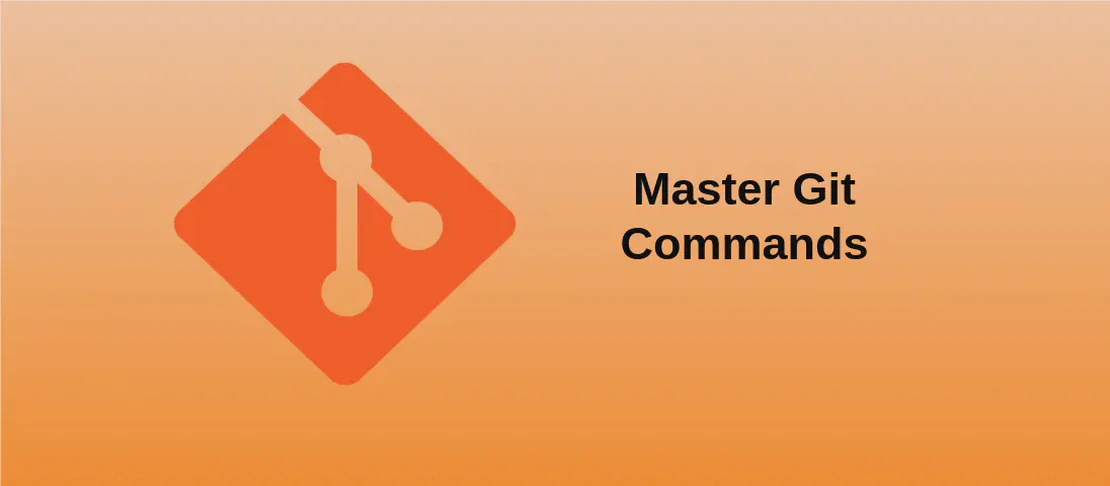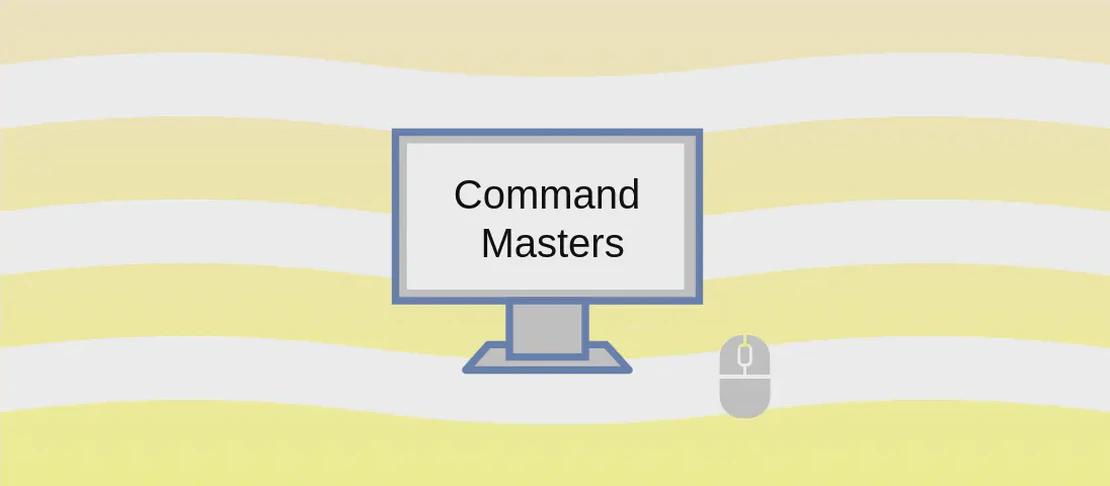
How to use the command 'git delete-branch' (with examples)
The git delete-branch command, part of the git-extras suite, is an efficient utility designed to help manage your Git workflow by enabling the deletion of both local and remote branches. This command enhances productivity and maintains a cleaner repository by removing obsolete or unnecessary branches. Using this command, developers can ensure their project remains organized and streamlined, preventing clutter from unused branches. If a branch is currently checked out, the command will only delete the remote counterpart, leaving the local version intact to avoid disruptions in workflow. More information can be found in the git-extras documentation
.
Use case 1: Delete one or more local and remote Git branches
Code:
git delete-branch feature/login-feature bugfix/fix-crash
Motivation:
In software development, especially in Agile methodologies, teams often create several feature and bugfix branches as they work on a project. Over time, some of these branches may become obsolete—either because their changes have been merged into the main branch or they’ve been superseded by new branches. Deleting these unnecessary branches helps keep the repository tidy and reduces potential confusion when navigating through the project history. In this example, we are cleaning up branches named feature/login-feature and bugfix/fix-crash that are no longer needed.
Explanation:
git delete-branch: This is the command making use ofgit-extrasto delete specified branches. It acts as an interface for both local and remote deletion of branches.feature/login-feature: The first argument represents the name of the branch related to a login feature that is to be deleted. This branch has likely served its purpose and been merged into the main codebase.bugfix/fix-crash: The second argument specifies a branch that dealt with a particular bugfix. Assuming the fix is completed and integrated, this branch is now considered redundant leading to its planned deletion.
Example Output:
Deleted branch feature/login-feature (was 4f1eacb).
Deleted remote branch feature/login-feature.
Deleted branch bugfix/fix-crash (was 7f8e632).
Deleted remote branch bugfix/fix-crash.
Conclusion:
The git delete-branch command offers a streamlined and effective way to manage branches within a Git repository, assuring developers maintain an organized and efficient codebase. By providing the ability to delete both local and remote branches simultaneously, teams can free up space in their Git history, minimizing clutter and focusing on the branches that are active and relevant. This not only aids in tidiness but also enhances overall project management, allowing for a clear and straightforward branch structure throughout the software development lifecycle. Remember, while this command is powerful, it’s essential to make sure that removed branches are indeed obsolete to avoid losing any important work or history unwittingly.

